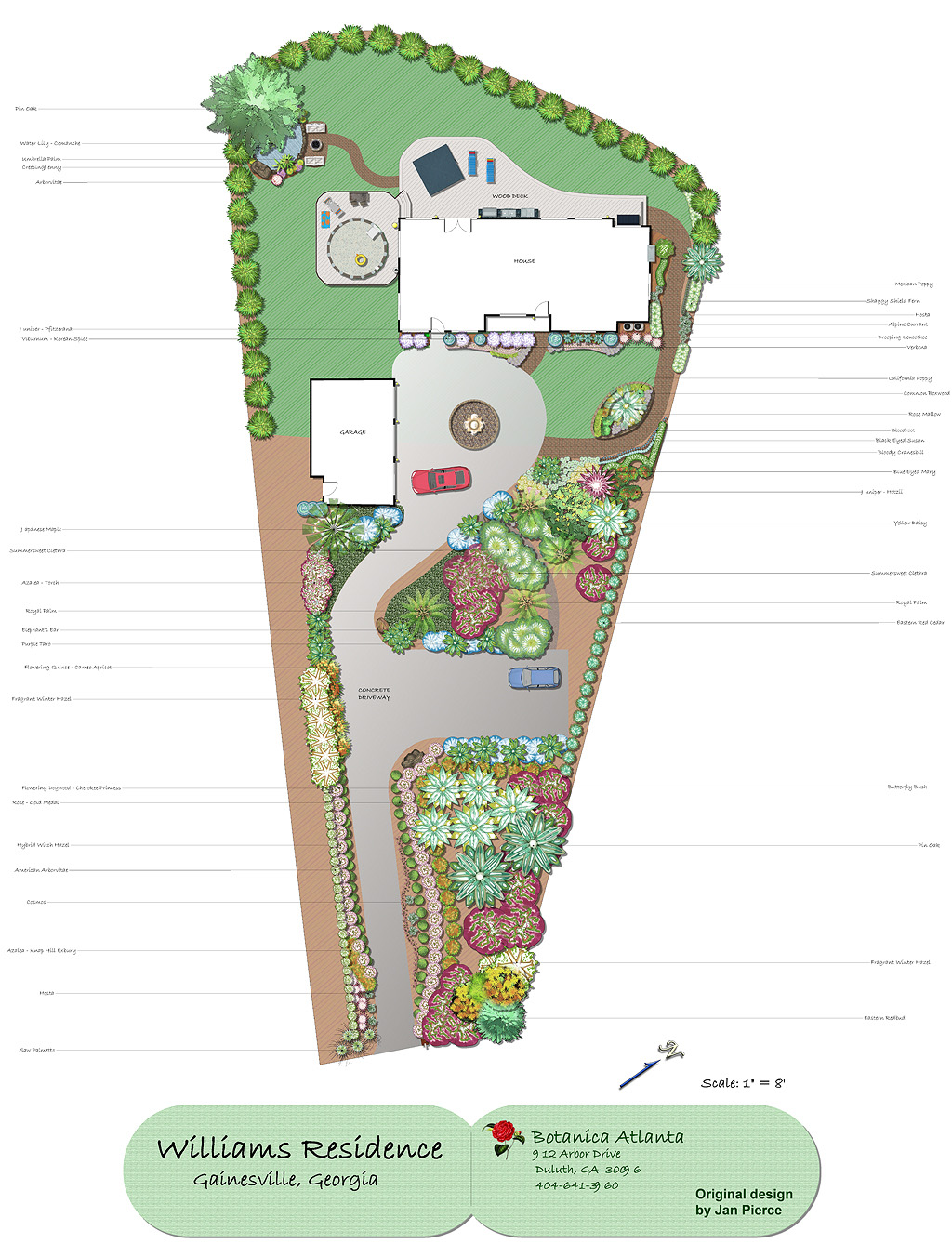In today's society, designing eco-friendly landscapes is crucial than at any time. As we become progressively aware of our environmental footprint, the manner we create our outdoor spaces can have a profound effect. Whether you have a expansive backyard or a small front yard, there are boundless chances to incorporate green practices into your landscape design. From choosing native plants that support local ecosystems to implementing hardscaping features that reduce water usage, the process to a sustainable landscape is simultaneously fulfilling and achievable.
If you are looking to enhance your outdoor space while being thoughtful of the environment, this article will offer you with helpful advice and insights. We will explore original ideas for beautiful backyard transformations, cover key principles of low-maintenance landscaping, and showcase the best plants suited for your specific theme. With an understanding of the newest trends and a few strategic choices, you can develop a beautiful and sustainable landscape that not only elevates your home's exterior attractiveness but also helps positively to the Earth. Let's dive into the world of eco-friendly design and find out make the most of your outdoor environments.
Top Landscape Decoration Suggestions
Establishing a beautiful backyard starts with thoughtful planning and imagination. One popular idea is adding varied plant selections that thrive at different moments of the year, ensuring that your landscape is lively and attractive during each season. Integrating perennials with annuals can provide a dynamic display, while furthermore arranging heights and textures contributes depth to the complete design. Opting for native plants is not only that's eco-friendly but too guarantees that your outdoor space flourishes with low upkeep.
Another impressive design approach is the use of hardscaping features, such as patios, walkways, and retaining walls. These elements create organization and order within your landscape space, guiding onlookers and complementing the greenery around them. A lovely stone pathway flanked by flowering plants can invite exploration while providing a useful route through your outdoor area. Additionally, incorporating outdoor structures like pergolas or arbors can improve the aesthetic and create shaded areas for repose or dining.

For those with restricted space, ingenious design strategies can still achieve a big impact. Vertical gardens and container gardening are excellent solutions for small yards, permitting for dense greenery without taking up too much ground area. You can create fascinating focal points with vertical elements, such as wall planters or trellises adorned with climbing plants. Accentuating pathways and planned lighting can mean give the illusion of a more spacious space, allowing even the tiniest outdoor area feel like a serene retreat.
Green Landscaping Advice
When creating your outdoor space, a simple method to ensure sustainability is to utilize native flora. Get more information are adapted to your local climate and soil, necessitating minimal water and upkeep than foreign species. By including native flora into your landscape, you also promote biodiversity and also establish a environment for native wildlife. Ponder planting a mix of long-lived plants, shrubs, and low-growing plants that draw pollinators to boost the ecological health of your land.
Lowering water consumption is another essential aspect of sustainable landscaping. Implementing drip irrigation systems, rain gardens, or rain barrels can assist you successfully manage water consumption. Furthermore, group plants with like watering needs together, and explore xeriscaping in desert regions, where using drought-resistant plants minimizes the need for reliance on irrigation. These methods not just conserve water but can also dramatically reduce your landscaping costs in the long run.
Finally, consider hardscaping features that are environmentally friendly. Choose permeable paving materials to enable rainwater to soak into the ground, which helps recharge local groundwater and reduces runoff. Integrate recycled materials in walkways, patios, or garden beds to reduce waste. Building shade structures or seating areas with reclaimed wood also provides interest to your garden but also advances sustainable practices by repurposing resources.
Creating for Small Areas
Limited yards can be tricky, but with considerate design, they can also be extremely welcoming and practical. Begin by making use of upward areas, such as installing hanging planters or using trellises to support vining plants. This not just adds to plant life but also crafts the illusion of dimension. Choose dual-purpose furniture, like a seat with storage, to help keep the space neat while still providing a comfortable spot to relax.
Incorporating pathways and clearly marked zones in a limited landscape can help organize the space efficiently. Use stones or pebbles to create paths for walking, which lead visitors through the space while making it feel spacious. Combining texture with different substances can also add interest. For example, you can mingle timber, stone, and gravel to create separate areas that serve multiple purposes without overwhelming the space.
When choosing plants, opt for compact varieties and think about those that provide year-round interest. Local plants are often a great choice as they thrive in local conditions while attracting wildlife. Arrange your plants by putting taller plants at the back and shorter ones in front to create depth. Additionally, think about using containers to bring vibrancy and life to corners that might elsewise feel overlooked. With these tips, you can transform a small outdoor area into a stunning and pleasant escape.
